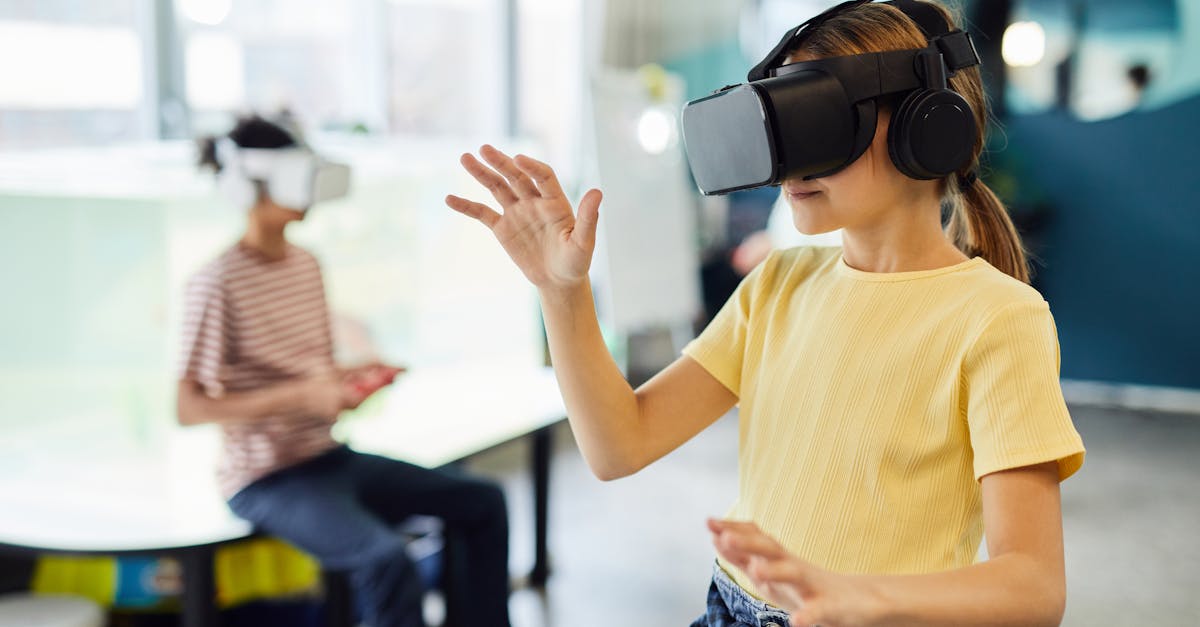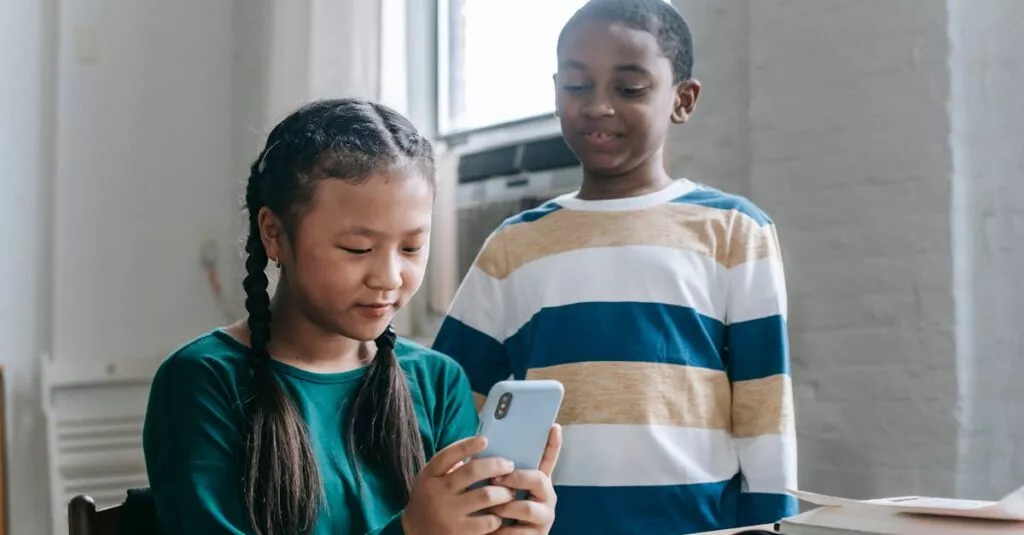The New ABCs: AI Basics for Kids
Welcome to the future of education, where Artificial Intelligence (AI) isn’t just for tech professionals. Early learning with AI can revolutionize how our children grow, offering personalized and interactive experiences that traditional methods can’t match. But, diving into AI with your little one can feel like exploring a new planet. Fear not! Let’s decode this together, making AI as familiar as ABC.

Key Takeaways:
- AI is reshaping education for children.
- Interactive learning experiences are personalized.
- Early exposure to AI is beneficial for kids.
Screen Time: Friend or Foe?
Many parents worry about screen time. It’s the big, bad wolf of the digital age, right? Not necessarily. It’s all about how you use it. AI learning tools transform passive screen time into interactive sessions where your child isn’t just a viewer but an active participant.
Imagine your kid learning Mandarin from an AI tutor or mastering fractions with a virtual math whiz. The right AI applications turn dreaded screen time into productive, engaging learning opportunities.

Screen time can be a valuable educational tool when used wisely. It opens up a world of knowledge and possibilities for children. So, next time you fret about screen time, remember that with the right approach, it can indeed be a friend rather than a foe.
Personal Anecdote: My Child’s AI Journey
I remember when my own child first interacted with an AI reading app. The mix of excitement and confusion on their face was something out of a sci-fi movie. Fast forward a few months, and they were reading at a grade level ahead. This personal journey taught me the power of AI in unlocking my child’s potential. It wasn’t about the technology itself but how it empowered my child to learn at their own pace, sparking a love for learning I hadn’t seen before.

Balancing AI with Playtime
Striking a balance between digital learning and the real world is crucial. It’s not about substituting one for the other but how both can complement each other. For example, use an AI program that teaches science, then go outside and explore nature, applying what’s been learned in a real-world setting. This approach ensures that your child benefits from AI’s personalized learning paths while still enjoying the invaluable experiences that only the tangible world can provide.

Emotional Rollercoasters and Robotic Companions
Let’s talk emotions. Introducing your child to AI learning can be an emotional journey, filled with frustration, joy, and awe. Watching your child interact with a learning AI can be heartwarming, yet the inevitable hiccups—like when the tech doesn’t work as expected—can be maddening. Remember, it’s a learning curve for both of you. The key is patience and embracing the fact that technology can be quirky, but it’s a partner in your child’s educational adventure.

Practical Tips for Integrating AI
So, you’re ready to dive into AI learning with your child? Start small. Choose apps that align with your child’s interests. Monitor their engagement and adapt as needed. Remember, the goal isn’t to pressure but to inspire curiosity and fun in learning.
Seek out AI tools that offer interactive stories or problem-solving games—activities that require active thinking and creativity. This way, it’s not just learning; it’s an adventure.

Encouraging Interaction: Join the Conversation!
Now, it’s your turn! Have you tried any AI learning tools with your children? What worked, and what didn’t? Share your stories and tips in the comments below. Let’s create a community of tech-savvy parents navigating the exciting world of AI together. Your insight could be the lighthouse for another parent sailing the vast ocean of digital education.
Let’s explore, learn, and grow together.

